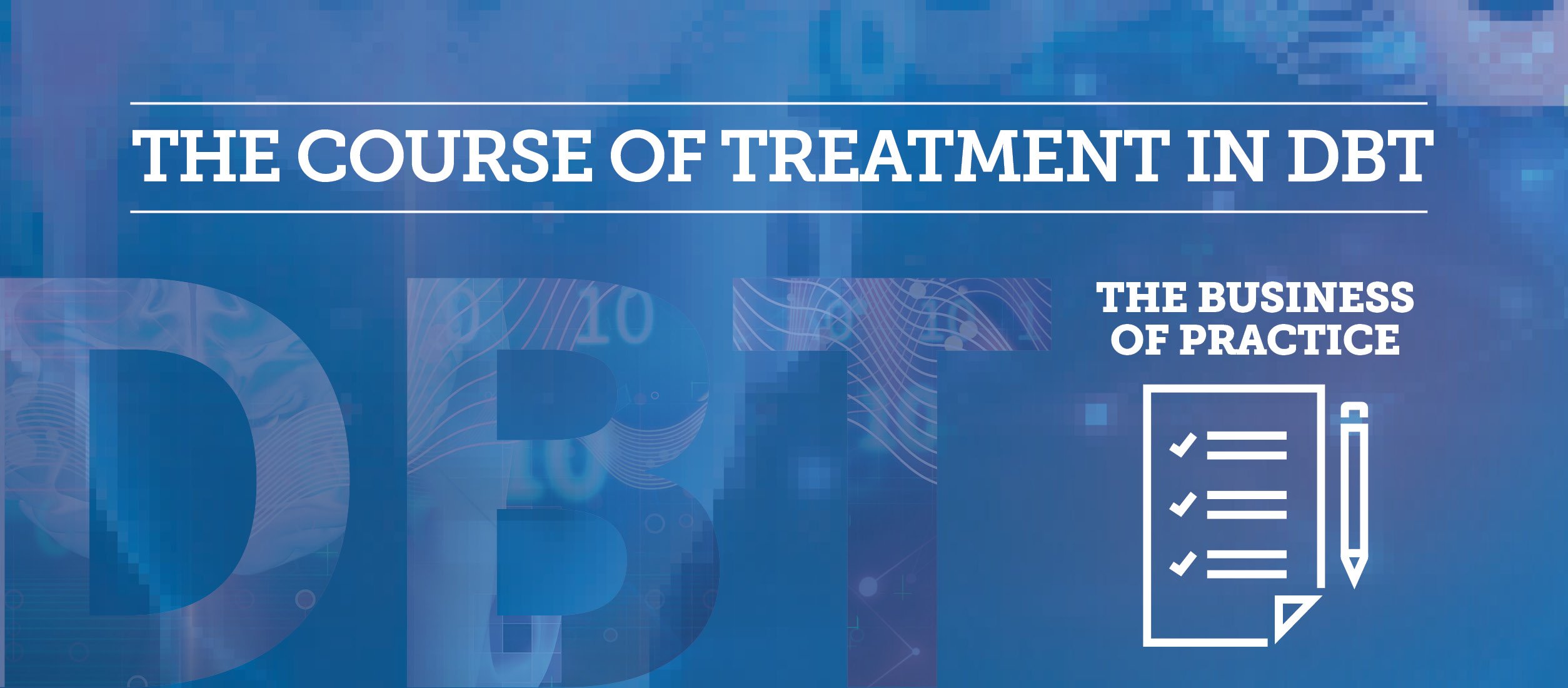Initial Sessions – Orientation & Commitment
Before the four stages of DBT, all potential DBT clients must participate in a “pre-treatment phase.” During this phase, the clinician and the client work together to move from pre-treatment to treatment.
Commitment Strategies are used to engage the clients in treatment and garner commitment to treatment. These strategies are used during a conversation, and not all strategies must be used to gain commitment. Clinicians can select which techniques to use based on their knowledge of the client’s history, problem behaviors, and long-term and short-term goals. Strategies can be interweaved throughout a conversation. Gaining commitment is goal-directed and specific. It is essential to know that gaining commitment from a client can be an arduous task for clinicians.
Orienting Clients to Treatment is another critical aspect of pre-treatment. Clinicians provide clients with an understanding of the length of treatment and what they can expect from DBT. When clients are informed of goals and expectations in treatment, compliance in therapy increases. Throughout pre-treatment, the client is oriented to the structure, philosophy, and research/empirical support for DBT. In addition, clients are introduced to phone coaching, the Diary Card, creating values-based goals, and establishing therapy agreements between therapist and client. It is critical to properly orient clients to the function of the various modes of DBT treatment (e.g., phone coaching is used to reduce suicidal behaviors). Clients should also understand the relation between problem areas to decrease and skills to increase before the skills group. Pre-treatment ends when the client begins attending skills groups.
![]()
- Discuss areas of dysregulation
- Emotional
- Behavioral
- Interpersonal
- Cognitive
- Self
- Present treatment modes
- Modes
- Functions and roles
- Map skills onto areas of dysregulation
- Discuss treatment hierarchy and regulation
- Discuss research and EST
Stage One – Behavioral Dysregulation
- When beginning DBT, clients typically feel miserable and helpless. Engaging in life-threatening behaviors, therapy interfering behaviors, or other destructive behaviors exhibit a client’s emotional distress.
- Throughout stage one, the client and clinician reduce problem behaviors and increase skill-based practice.
- The goal for stage one is to gain behavioral control.
Stage Two – Quiet Desperation
- After a client gains behavioral control, they may continue to suffer in silence. Their behavior is improving, but their emotional functioning is still inhibited.
- During stage two, childhood and traumatic experience are addressed.
- The goal for stage two is to move clients out of the silence.
Stage Three – Ordinary Problems in Living
- When clients are in an emotional health space, they learn to live a healthy life. As a result, clients create goals, increase self-respect, and foster happiness.
- The goal for stage three is for a client to cope with the highs and lows that they will encounter in life.
Stage Four – Freedom of Choice
- The last stage helps clients find meaning through a spiritual existence. As a result, clients gain a capacity for experiencing joy and freedom.
- The goal of stage four is for clients to garner a sense of connectedness, as they are part of a great whole.






















